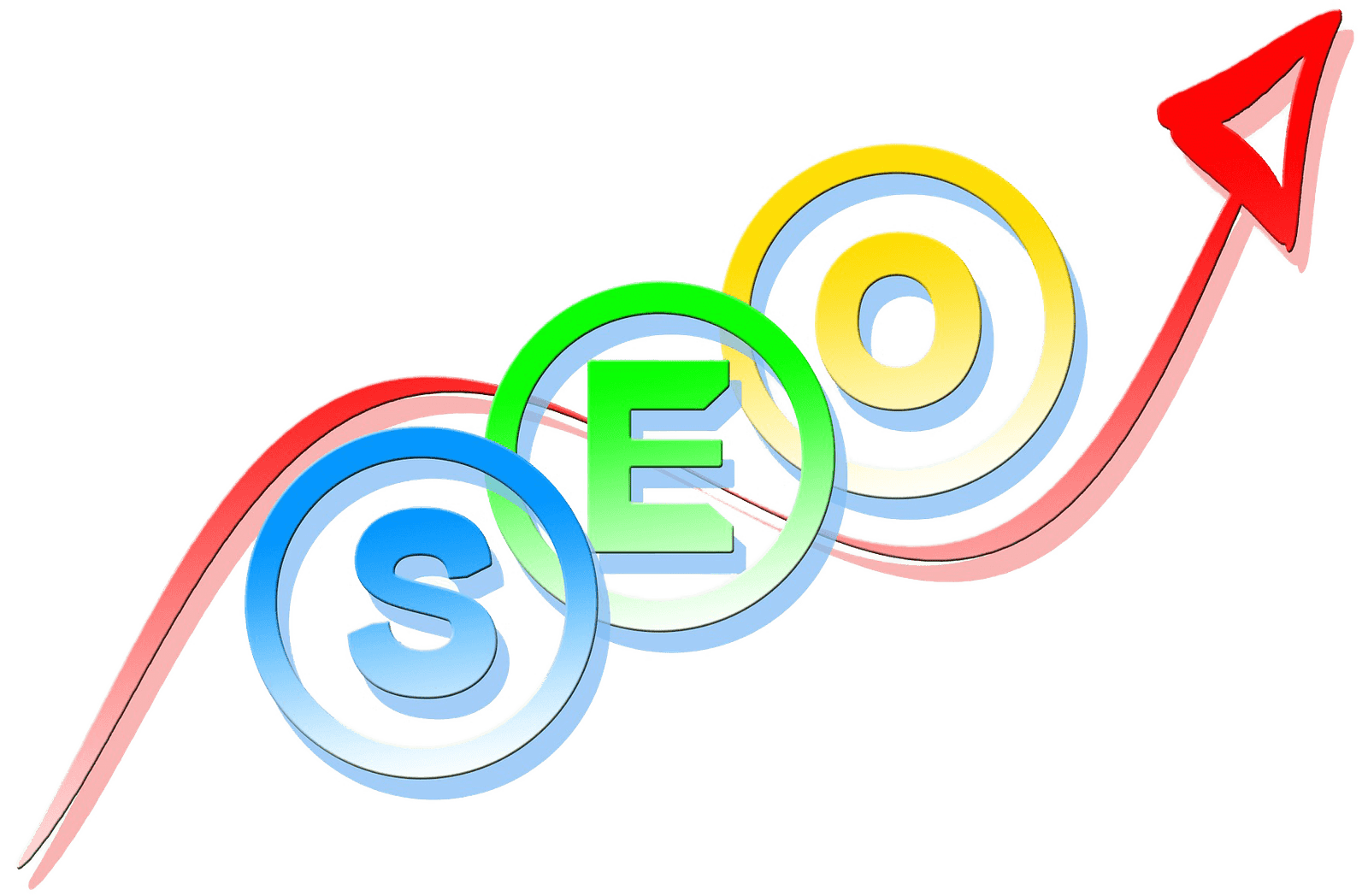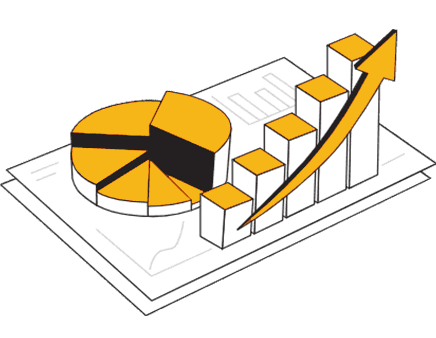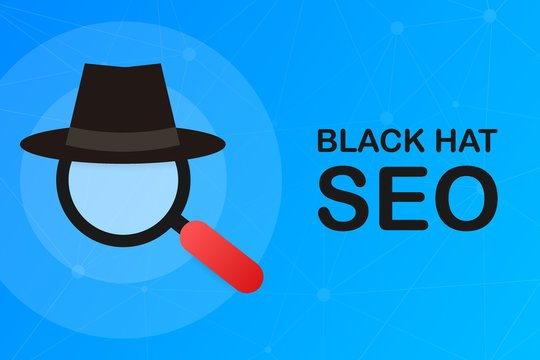Search Engine Optimization
SEO means Search Engine Optimization and is the process used to optimize a website’s technical configuration, content relevance, and link popularity so its pages can become easily findable, more relevant, and popular towards user search queries, and as a consequence, search engines rank them better.
Search engines recommend SEO efforts that benefit both the user search experience and the page’s ranking, by featuring content that fulfills user search needs. This includes the use of relevant keywords in titles, meta descriptions, and headlines (H1), featuring descriptive URLs with keywords rather than strings of numbers, and schema markup to specify the page’s content meaning, among other SEO best practices.


Benefits of Search Engine Optimization

Quality Of Traffic
You can attract all the visitors in the world who are genuinely interested in the products that you offer.

Free Traffic
Ads make up a large share of SERPs. Organic traffic is any traffic that you don’t have to pay for.

Conversion
If you get top search engine rankings then you will get more conversions.

Better Online Visibility
You get more brand exposure when you rank on top of the first-page search results.

quantity of traffic
Once you have the right people clicking through from those search engine results pages (SERPs), more traffic is better.

Higher Domain Authority
A proper SEO strategy helps you to increase your website’s domain authority and reputation.
Why is SEO Still So Important?
SEO (Search Engine Optimization) is still important because it’s a critical component of digital marketing that helps businesses increase their visibility and reach a wider audience. Here are some reasons why SEO is still so important:

ORGANIC SEARCH IS A PRIMARY SOURCE OF WEBSITE TRAFFIC

HELPS BUILD TRUST AND CREDIBILITY

COST-EFFECTIVE

COMPETITIVE ADVANTAGE
Things You Should Know About SEO Services
Like any Online marketing strategy, SEO also has advantages and disadvantages. But the only difference is the advantages are more and nullify the effect of disadvantages.
Advantages Of SEO
Attract Free Traffic
Increase Backlink Profile
Increase Domain Authority
Increase Brand Visibility
Long-Lasting Results
Higher Conversion Rate
Helps Building Online
Reputation Of your business
Disadvantages Of SEO
Reputation Of your business
Ranking Fluctuation
It Takes Time to get first page rankings
If done wrong then the website may get a penalty
Take lots of content marketing
Tough to get natural backlinks
Types of SEO Service

Grey Hat SEO Services
It’s an SEO practice that’s riskier than white-hat SEO. That’s because the gray-hat SEO practices belong neither to the white-hat nor black-hat category as the terms and conditions regarding the issue are unclear. However, using gray-hat SEO practices will not result in a site ban from search engines. In simpler terms, the material or content that you publish in accordance with the gray-hat SEO remains ill-defined. Knowing the gray-hat SEO practices can save your website from losing traffic as you will be well-aware of the negative consequences, which will help you adopt fair practices.
Black Hat SEO Services
Black-hat SEO exploits weaknesses in Google’s search algorithm to rank higher in its search results. Spammy , keyword stuffing, cloaking, etc., are used to get ahead in search engine results. These practices give instant results, but they can impact your website negatively if detected by Google. Hence, it is advised to avoid black hat SEO.


On-page SEO(On-site SEO)
On-site SEO refers to the practice of optimizing elements on a website, such as the content and HTML Code, to improve its rankings in search engine results pages and attract more relevant traffic to the website. This is different from off-site SEO, which involves optimizing external factors like backlinks and social media signals.
Off-page SEO (Off-site SEO)
Off-page SEO also called off-site SEO, is the practice of improving a website’s search engine ranking by optimizing factors outside of the website itself. This can be done by building high-quality backlinks, promoting the website on social media, and other forms of online marketing. The goal is to increase the website’s authority, reputation, and relevance in the eyes of search engines, which can result in higher search engine rankings and more organic traffic to the website.


Local SEO Services
Local SEO strategy for local businesses is one of the most important types of SEO as it helps the business become more visible in local search results on Google. Local SEO helps businesses reach the local audience by analyzing their behavior through trillions of searches. If you use local SEO practices, then your local business has the opportunity to rank higher in the search results and the local map pack at the same time. This, in turn, helps grow your business and increase traffic to your website.
Technical SEO Services
Technical SEO involves making website optimizations that help search engines crawl and index a website more easily, thereby improving its search engine ranking. This includes tasks such as optimizing site load time, ensuring that robot.txt files are properly configured, and setting up redirects correctly. The goal of technical SEO is to make a website more accessible and user-friendly for both search engines and website visitors.


International SEO Services
International SEO improves your website’s organic traffic from different areas and languages. If you want to succeed at international SEO, you must cater to your target market’s cultural context and allow them to make transactions in their currency and language. Use the right format for dates and times based on the place they are listed. If they have any worries, converse in their native tongue. International SEO aims to create a good online experience for your target audience.